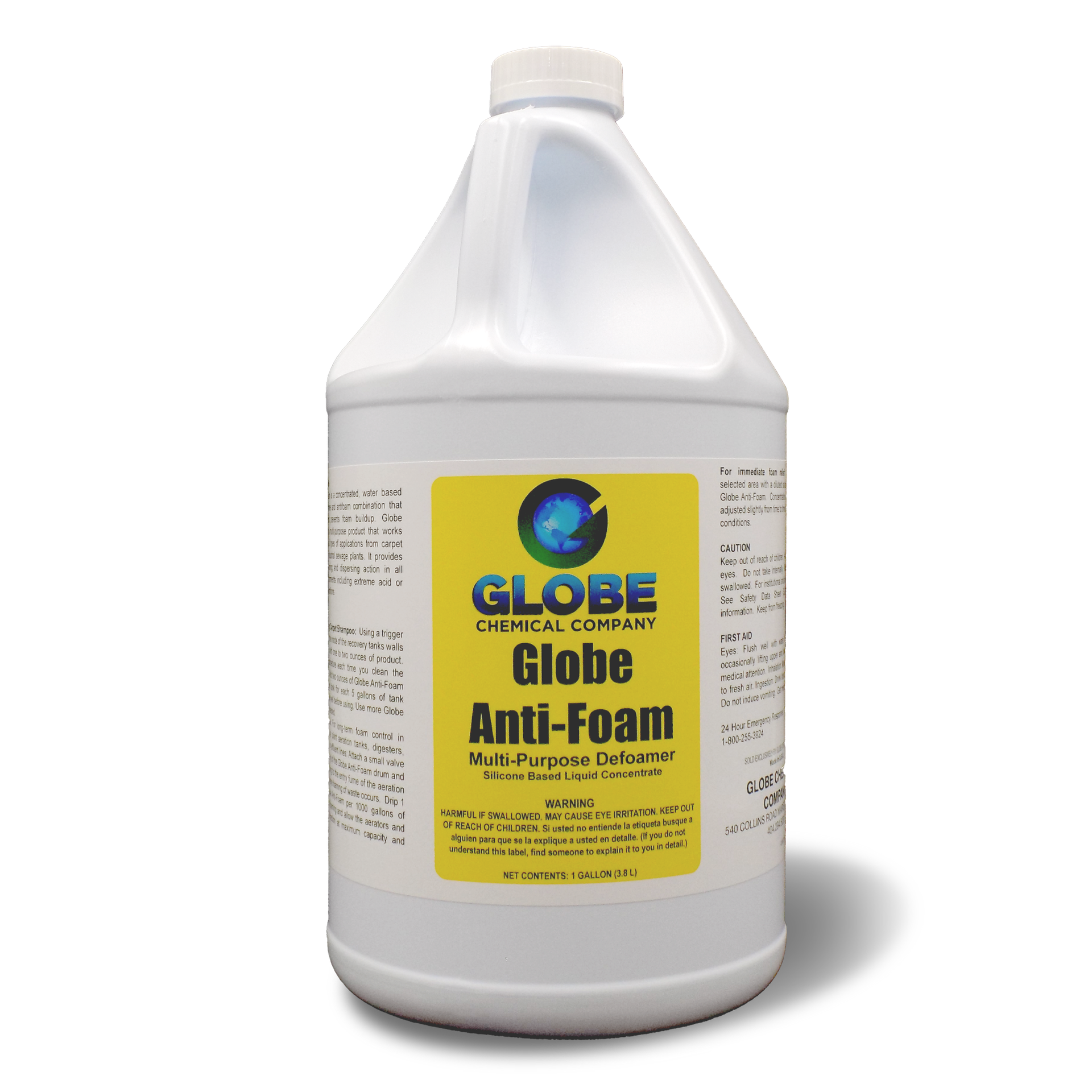Exploring the Perks of a Chemical Defoamer in Manufacturing and Manufacturing
The integration of chemical defoamers in production and manufacturing processes provides a tactical advantage by resolving among the persistent obstacles in industrial procedures: foam control. Chemical Defoamer. Understanding the subtleties of numerous types of defoamers and their details applications can reveal their substantial effect on functional efficiency and product top quality. As producers aim to maximize processes and boost customer satisfaction, the function of chemical defoamers comes to be increasingly essential. The inquiry stays: just how do these substances essentially change the landscape of manufacturing performance and cost-effectiveness?
Importance of Foam Control
While the visibility of foam in producing processes can in some cases appear safe, efficient foam control is important for optimizing functional effectiveness and item quality. Foam can disrupt various phases of production, resulting in inefficiencies that might enhance expenses and expand handling times. In industries such as food and drink, drugs, and chemicals, unchecked foam can block devices, interrupt automated systems, and eventually cause item variances.

Executing reliable foam control techniques not just boosts productivity but likewise sustains regulatory conformity in sectors where foam can lead to environmental worries. By utilizing chemical defoamers, makers can mitigate these challenges, guaranteeing smoother operations and higher-quality end items. Eventually, focusing on foam control is a vital aspect of manufacturing that can generate significant benefits in regards to item, performance, and safety reliability.
Sorts Of Chemical Defoamers
What sorts of chemical defoamers are readily available for making procedures, and exactly how do they differ in application? Chemical defoamers can be categorized right into 3 major kinds: silicone-based, organic, and inorganic defoamers. - Chemical Defoamer

Organic defoamers, typically stemmed from natural oils or fatty acids, are effective in a variety of applications, consisting of food and drink production. They are frequently favored for their reduced poisoning and environmental effect, making certain compliance with market regulations.

Each kind of defoamer serves unique objectives based upon the chemical composition and the details demands of the manufacturing procedure, allowing suppliers to select the most ideal choice for their certain requirements.

Advantages in Manufacturing Effectiveness
Chemical defoamers play a crucial function in boosting producing efficiency by successfully regulating foam generation during different procedures. Foam can hinder manufacturing rates, interrupt tools operation, and cause pricey downtime. By integrating chemical defoamers, suppliers can reduce these issues, guaranteeing smoother operations and increased general performance.
Using chemical defoamers assists maximize the operational performance of tools such as activators, pumps, and mixers. With reduced foam, these devices can run at their planned capacity, lessening the threat of overflow and enabling constant handling. This causes better resource use and greater throughput.
Moreover, chemical defoamers help with faster processing times by reducing the moment needed for foam elimination. This velocity can significantly affect manufacturing timetables, enabling suppliers to fulfill customer need better. Furthermore, the use of defoamers adds to lower power usage, as equipment runs much more successfully with decreased foam disturbance.
Effect On Product Top Quality
Foam control is not just crucial for maintaining performance in manufacturing procedures but additionally plays a substantial role in making certain product high quality. Extreme foam can present air right into solutions, bring about inconsistencies in the final product. This can manifest as problems such as voids, uneven structures, or below average coatings, which weaken the intended top quality and efficiency of the item.
Moreover, foam can impede the homogeneity of mixes, causing irregular circulation of active components. In sectors such as finishes, cosmetics, and food manufacturing, this can result in variations in shade, preference, and overall effectiveness. By utilizing a chemical defoamer, makers can reduce these risks, making certain that items meet stringent quality requirements.
Furthermore, controlling foam can boost the stability of suspensions and solutions, which is important for making sure shelf-life and consumer fulfillment. With improved product uniformity and reduced issues, producers can attain higher criteria of quality assurance, eventually leading to boosted customer trust and brand commitment.
Cost-Effectiveness and ROI
Effective foam control sites not just enhances item quality however additionally contributes dramatically to the general cost-effectiveness of making processes. Making use of chemical defoamers minimizes foam-related problems, which can or else result in manufacturing delays, equipment malfunctions, and raised power consumption. By lowering foam, producers can maximize their processes, resulting in greater throughput and efficiency.
Purchasing chemical defoamers can produce a considerable roi (ROI) The initial expenses connected with these additives are commonly countered by the savings recognized from reduced downtime and boosted material return. Moreover, enhanced item top quality can decrease waste and remodel costs, additionally boosting economic efficiency.
On top of that, efficient foam control can cause lowered water and power usage, contributing to lower operational expenses. This is especially crucial in markets where source effectiveness is critical. By incorporating chemical defoamers right into their processes, producers can Visit Website attain lasting financial savings while preserving affordable pricing in the marketplace.
Conclusion
Finally, the integration of chemical defoamers in production and manufacturing procedures is crucial for maximizing functional performance and boosting product high quality. Effective foam control adds to improved tools efficiency, minimized handling times, and lessened downtime, eventually resulting in significant expense savings. Furthermore, regular item formulas foster client fulfillment and brand commitment. The benefits used by chemical defoamers not only sustain regulative compliance but also supply an one-upmanship in the production landscape.
The combination of chemical defoamers in manufacturing and manufacturing processes supplies a calculated advantage by addressing one of the consistent challenges in commercial operations: foam control.While the existence of foam in manufacturing procedures can sometimes seem safe, efficient foam control is critical for optimizing operational efficiency and product top quality.Chemical defoamers play a critical function in enhancing producing efficiency by successfully controlling foam generation during numerous processes.Additionally, chemical defoamers help with faster handling times by decreasing the time required for foam elimination. In addition, the use of defoamers contributes to decrease energy usage, as equipment operates a lot more successfully go to this website with reduced foam disturbance.